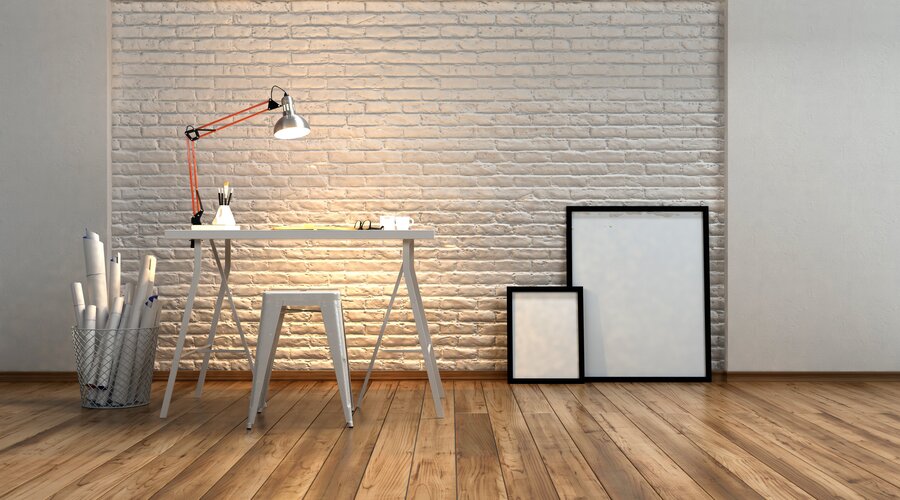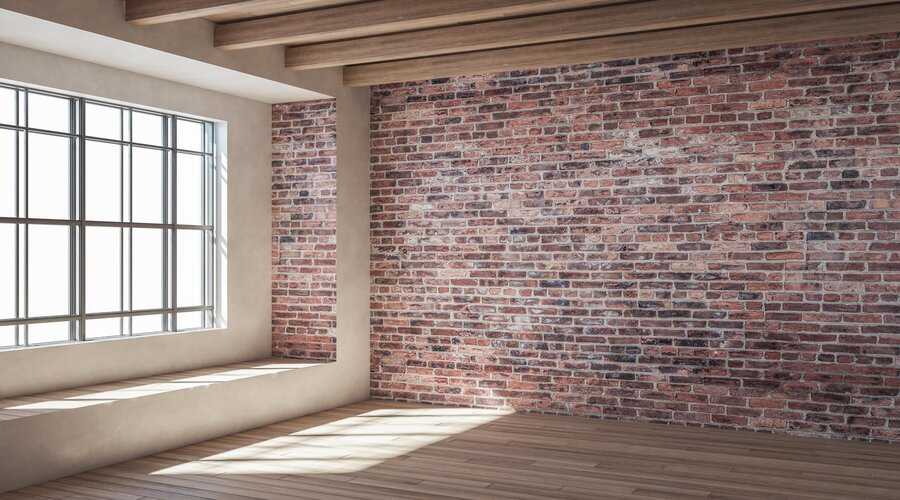Brick Home Makeover: Limewash vs. Whitewash

Brick homes are the epitome of class and style, with many found throughout the Sydney area. Their timeless appeal, sophisticated look and durable, yet eco-friendly design make brick the ideal exterior choice - and perhaps a big draw for many prospective home buyers.
While not as involved as wooden exteriors, bricked surfaces still need a level of detail and maintenance to ensure the finish isn't left raggedy, chipped, and mouldy! Just like any exposed materials, bricks need a protective layer to boost curbside appeal. However, painting bricks is an expensive undertaking. The main drawback is that bricks are porous materials, meaning that trapped dirt and moisture can quickly ruin the job without a thorough clean and proper maintenance. Fortunately, there are many brick finishing options as an alternative to painting, all of which are affordable, natural and low-maintenance. Today we'll discuss and compare two top finishes- Limewash and Whitewash. Let's get right into it!
Differences Between 2 Major Brick Makeover Techniques
Limewash
Limewash is one of the oldest brick finishing techniques used to protect the material and add decorative textures. This inexpensive, environment-friendly limewash formula is a great option for looking for a vintage exterior with a matte finish.
Advantages:
- Eco-friendly: The limewash technique is a natural, mineral-based solution directly applied to brickwork or masonry. Limewashing is 100% free of artificial solvents and environmentally safe.
- Adds Texture: With limewash formula, you can give your bricks texture and a matte finish.
- Personalised Finish: Limewash can be made and mixed right at home with a simple DIY process.
- Low-Maintenance: Limewash is also considered a low maintenance brick makeover solution. Unlike artificial paints, Limewash will not need to be removed and only retouched every five to seven years.
- Most Suitable for Masonry Surfaces: Old buildings with masonry surfaces like stone, concrete, and brick are perfect fits for lime wash coating.
- Antibacterial: Hydrated lime mixture is highly acidic, preventing bacteria, fungus and other harmful organisms (such as bugs) from growing on the surface.
- Resistant to Peeling and Chipping: Unlike modern paints, limewash solution doesn't blister, chip or peel; it soaks and sticks into the applied surfaces.
Disadvantages:
- Batch Inconsistencies: One of the very few disadvantages of Limewash is, it might be challenging to get batches of the Limewash with the same stains; hence we suggest mixing the solution in large quantities.
- Slow-Drying Process: Limewashing coats take a considerable amount of time to dry.
- Erosion: Limewashing will erode over time, meaning it will need to be retouched every five to seven years.
- Not Applicable for Painted Brick: Since Limewash penetrates the brick, it can't do so if the surface has already been painted.
Whitewash

While Limewash is a form of Whitewash and used synonymously, the main difference is the active ingredients and if the wash penetrates the bricks. We'll be referring to a half and half mix of water and paint/latex to compare. Sitting on top of the bricks, this provides a bright and smooth finish that can reinvigorate homes.
Advantage:
- Brightens Dark-Shabby Surfaces: The Whitewash formula will provide full coverage when coating internal and external surfaces. In addition, Whitewash will thoroughly remove the red brick tones for those looking to match fireplaces to the existing walls or liven up their curbs.
- Smoother Finish: Unlike Limewash, the whitewash formula provides a smoother surface finish.
- Long-Lasting: Unlike paint, which requires frequent maintenance, Whitewash is low maintenance and lasts for years.
- Applicable for Painted Bricks: Unlike Limewash, the Whitewash formula can easily be applied on painted bricks.
- Colour Varieties: The wash's colour will depend on the paint used, giving more choice and variety when applying the wash.
- Inexpensive: Paint is cheaper to buy than Limewash; as well you can also use existing surface paint when mixing at home.
Disadvantage:
- Coverage: As the solution sits on top of the bricks, it can be hard to get uniform coverage without a few coats.
- Consistency: Ensuring the wash is mixed correctly can be tricky, with the paint floating to the bottom. Skipping this step can result in your wash can appearing lighter than intended.
- Permanent: Once you start this process, it can't be power washed off if you're unsatisfied with the results.
Brick Makeover: Which One is Right for Your Home?

Once you decide to stain, wash or paint your bricks, there's sometimes no going back, especially when using Whitewashing. That's why it's important to understand the maintenance, costs and overall finished result before settling on a solution. In addition, Limewash and Whitewash- both have unique features that can complement your brick house differently.
Limewash:
Limewash is an excellent alternative to painting, but it erodes over time and requires a recoat. Limewash can be an ideal choice for a surface, with its environment-friendly ingredients, natural tones and ability to remove through power-washing. Overall we'd recommend this formula for a vintage house exterior look on fresh bricks.
Whitewash:
Whitewashing with paint provides a brighter and smoother finish with a range of colour options than a Limewash formula. It can also work on surfaces that have already been painted, but the wash is a permanent finish. Whitewashing for an interior surface such as fireplaces where you may have already purchased the paint for the walls is often a DIY project that can be done within an afternoon.










